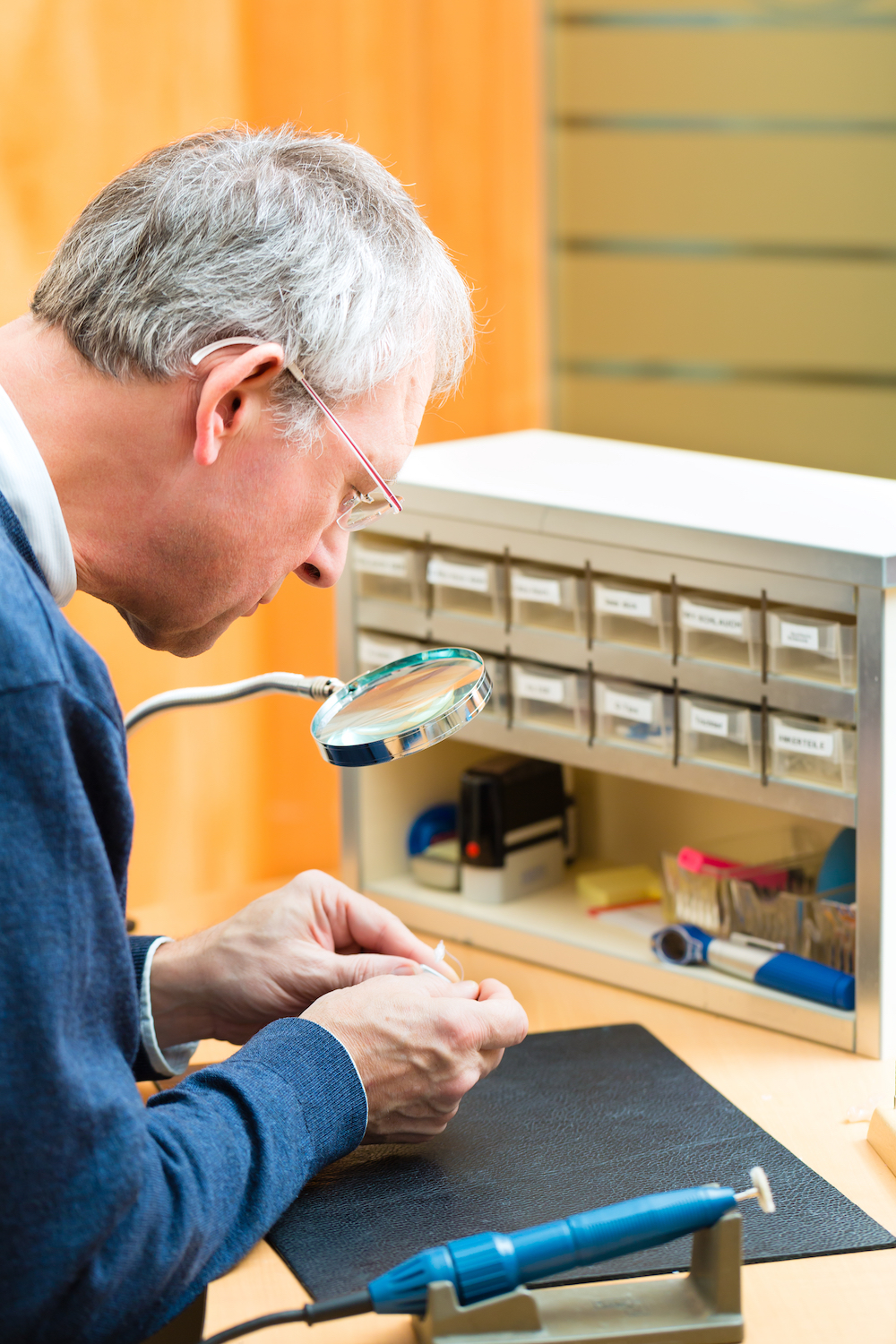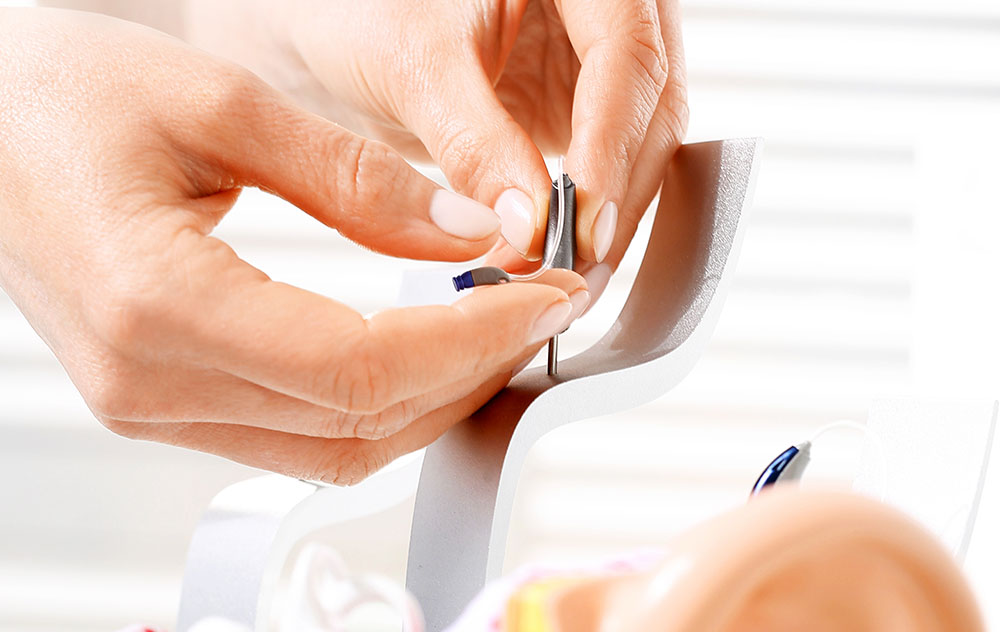The Causes of Acquired Hearing Loss
There are three main types of hearing loss. These are conductive,

By: admin | October 20, 2020
When it comes to hearing aid maintenance, knowing how to look after them is essential for your continued ability to hear. An appointment with an audiologist is one of the best things that you can arrange so that your hearing aids are well-maintained and working correctly. You need to know how to take care of them properly, and with the right advice, you can ensure that your hearing aids are comfortable and working well.
Hearing aids are tiny and discreet most of the time. The in-the-ear hearing aids especially are technology in miniature, and these little machines are giving you the continued ability to hear.
With powerful technology, they are fragile – and yet incredibly sturdy. With the right techniques for cleaning and handling, you can ensure that our hearing aids are well-maintained at all times. Some of the things that you can do to maintain your hearing aids properly include:
Cleaning your hearing aids is one thing but drying them and storing them properly is the next step to maintaining your in-the-ear hearing aids. Make sure that all parts of the hearing aids are dry at all times when you put them back in. Even the tiniest traces of moisture will damage them and can stop them from working. You should never blow dry a hearing aid or try to warm it with heat, as the tiny parts of the hearing aid will distort and become damaged. Here's how to dry your hearing aids properly:
Cleaning your hearing aids is something that you need to do daily. It's not hard, and it doesn't take very long, and cleaning in the ear hearing aids is easier than you think. An ITE hearing aid has a filter system that prevents wax from getting inside it, but that doesn't mean that you shouldn't clean it properly every day. A dry, soft cloth will work to clean the outside of the hearing aid, but you need to make sure that no liquid gets into it while you are cleaning it. The audiologists you see will show you how to remove the filter system that should be changed regularly. You should check your hearing aids daily for any marks and wipe those off, but don't use any alcohol or cleaners. You should also stay away from using anything sharp to clean your hearing aids, as you can damage the most intricate parts.
Another piece of the maintenance puzzle is in changing the batteries, and you should ensure that you only use batteries designed for your particular in the ear hearing aids. This is to ensure that no further damage can be done.
Booking an audiologist appointment is the first step, and you can learn more about hearing aid maintenance, or get more information on our hearing aids, when you book with El Paso Hearing Aid & Audiology Center. Call today at 915-532-6935.

There are three main types of hearing loss. These are conductive,
By: admin | April 27, 2021

You have experienced hearing loss for a while now and have finally decided
By: admin | March 16, 2021

For anyone who has experienced any level of hearing loss, getting hearing
By: admin | February 24, 2021
